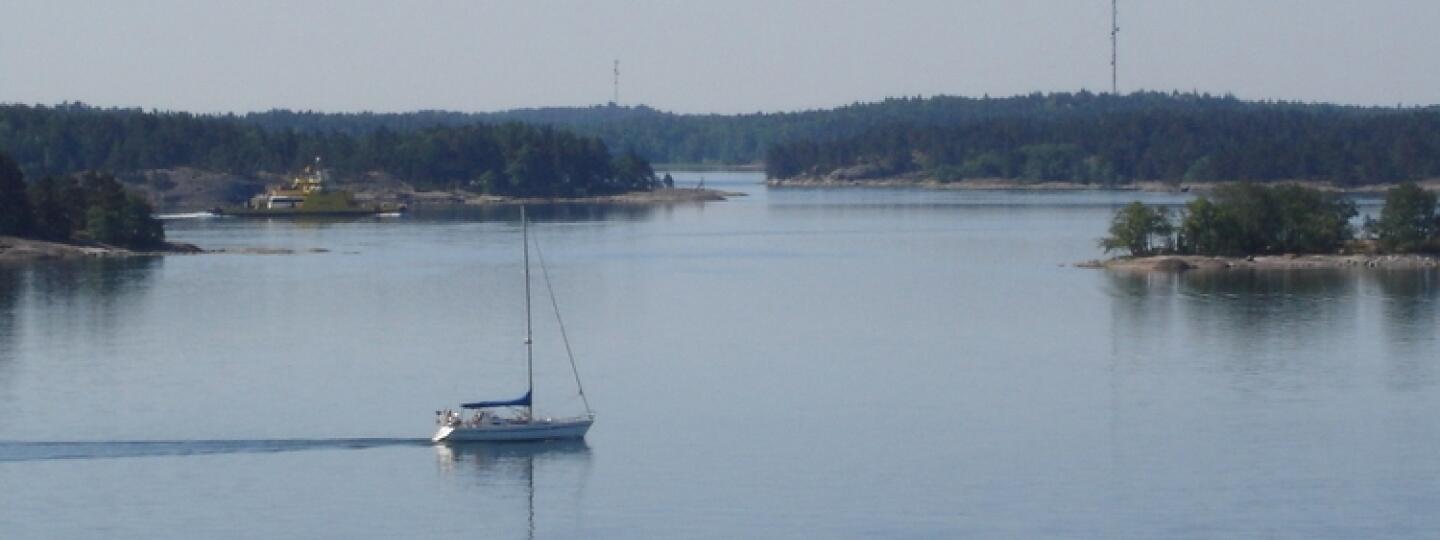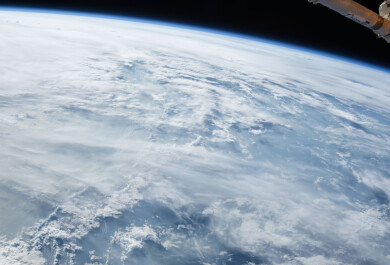Many boaters are still occasionally releasing their sewage directly into the sea. The reason, however, may not be their own indifference, but rather the result of a lack of sewage pump-out stations or the fact that stations may be located in the wrong places, in poor condition or have insufficient user instructions. The purpose of the BATSECO-BOAT project is to survey the needs of boaters and improve the sewage pumping services throughout the entire central Baltic Sea region.
It is important to update the sewage pump-out equipment and related network to correspond to the changing needs of boaters in order to assure that they have the possibility to act properly and protect our natural environment. Eutrophication can have a negative impact, even on a local level, and for this reason, emissions must be minimised wherever possible. The owners and maintenance personnel of the pump-out equipment, i.e. municipalities and port managers, play a key role in terms of improving the sewage pump-out possibilities for boaters. As part of the BATSECO-BOAT project, a questionnaire was sent to port managers and boaters in order to clarify their opinions regarding the functionality of the current sewage service network. The aim was to determine any problem areas that can be corrected.
– While improving the sewage collecting network and its quality, we are also focusing on the usability of these pump-out stations. For example, the user instructions for the pump-out equipment often pose a challenge, since they are either insufficient or not available in multiple languages. One solution will be to produce illustrated instructions for particular types of equipment, and make them freely available for use. Another easy solution to help port managers is the acquisition of spare parts for the pump-out equipment, such as extra pumps and nozzles, so that the service will happen more quickly when the pump-out station is malfunctioning, explains Veijo Pönni, Project Expert at the Brahea Centre of the University of Turku.
The survey also helped to determine the most popular boating routes and sites that would be ideal for the placement of new pump-out stations. The acquisition of new pump-out stations for the central Baltic Sea region is one of the results of the BATSECO-BOAT project.
Legislation Concerning Sewage Pump-Out Procedures Varies between Countries
The three-year BATSECO-BOAT project is jointly conducted by partners from Finland, Sweden and Estonia. The legislation of these countries regarding the handling of sewage from boats differs considerably from one another. In Finland, the release of sewage into water was prohibited by law in 2005, and port managers are obligated to provide pump-out equipment in harbours with more than 50 berths. A similar law entered into force in Sweden in 2015, but the possibility to pump sewage is only required ‘when there is a need’. Estonia currently has no legislation governing the handling of sewage from boats.
The project is coordinated by the Brahea Centre at the University of Turku with partners including the Keep the Archipelago Tidy Association in Finland, Ecoloop AB, Campus Roslagen and Norrtälje Municipality in Sweden, and Keep the Estonian Sea Tidy and Viimsi Municipality in Estonia. The project is being funded by the EU’s Central Baltic Interreg funding programme, and the overall budget for the project totals 1.48 million euro.
More information:
Project Expert Veijo Pönni
tel. +358 50 542 6747, veijo.ponni@utu.fi

